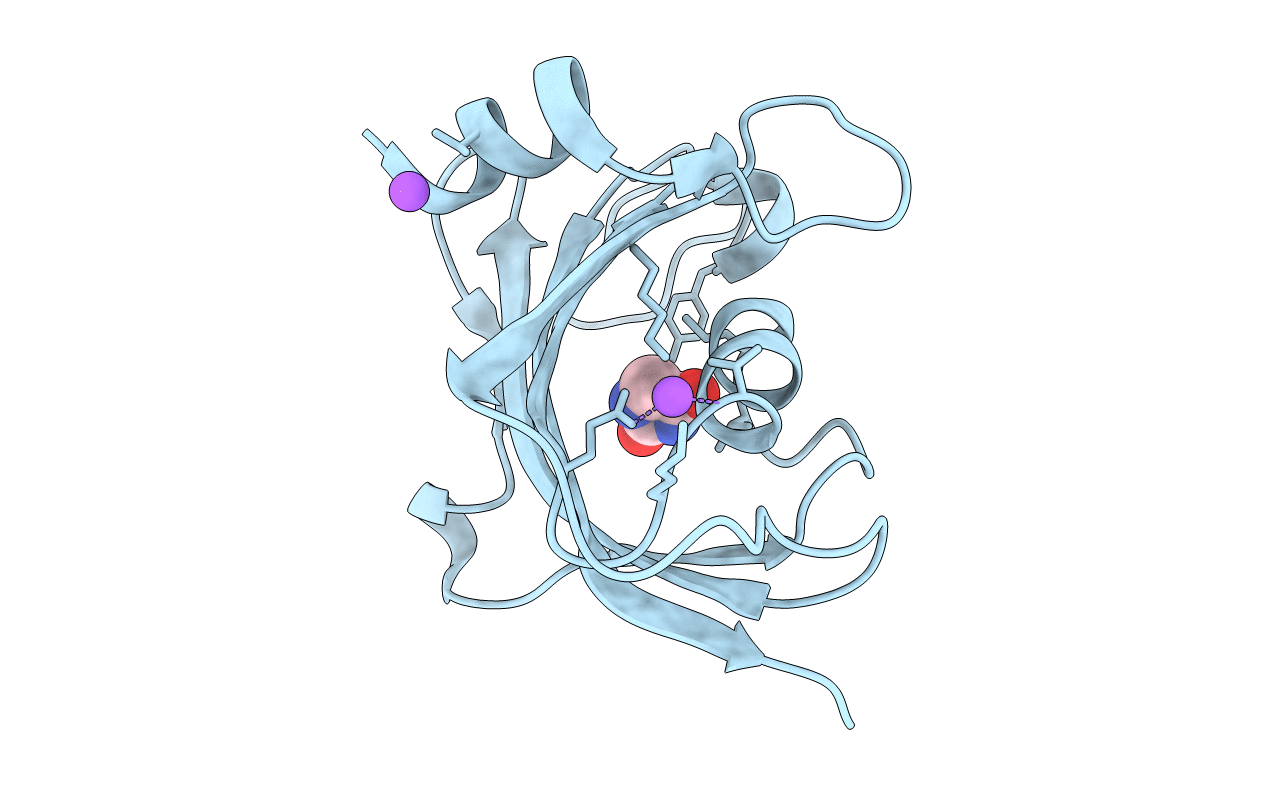
Deposition Date
2020-01-13
Release Date
2020-05-27
Last Version Date
2024-01-24
Entry Detail
PDB ID:
6TX9
Keywords:
Title:
CRYSTAL STRUCTURE OF HUMAN FKBP51 FK1 DOMAIN A19T MUTANT IN COMPLEX WITH HYDANTOIN
Biological Source:
Source Organism:
Homo sapiens (Taxon ID: 9606)
Host Organism:
Method Details:
Experimental Method:
Resolution:
1.42 Å
R-Value Free:
0.18
R-Value Work:
0.16
R-Value Observed:
0.16
Space Group:
P 21 21 21


